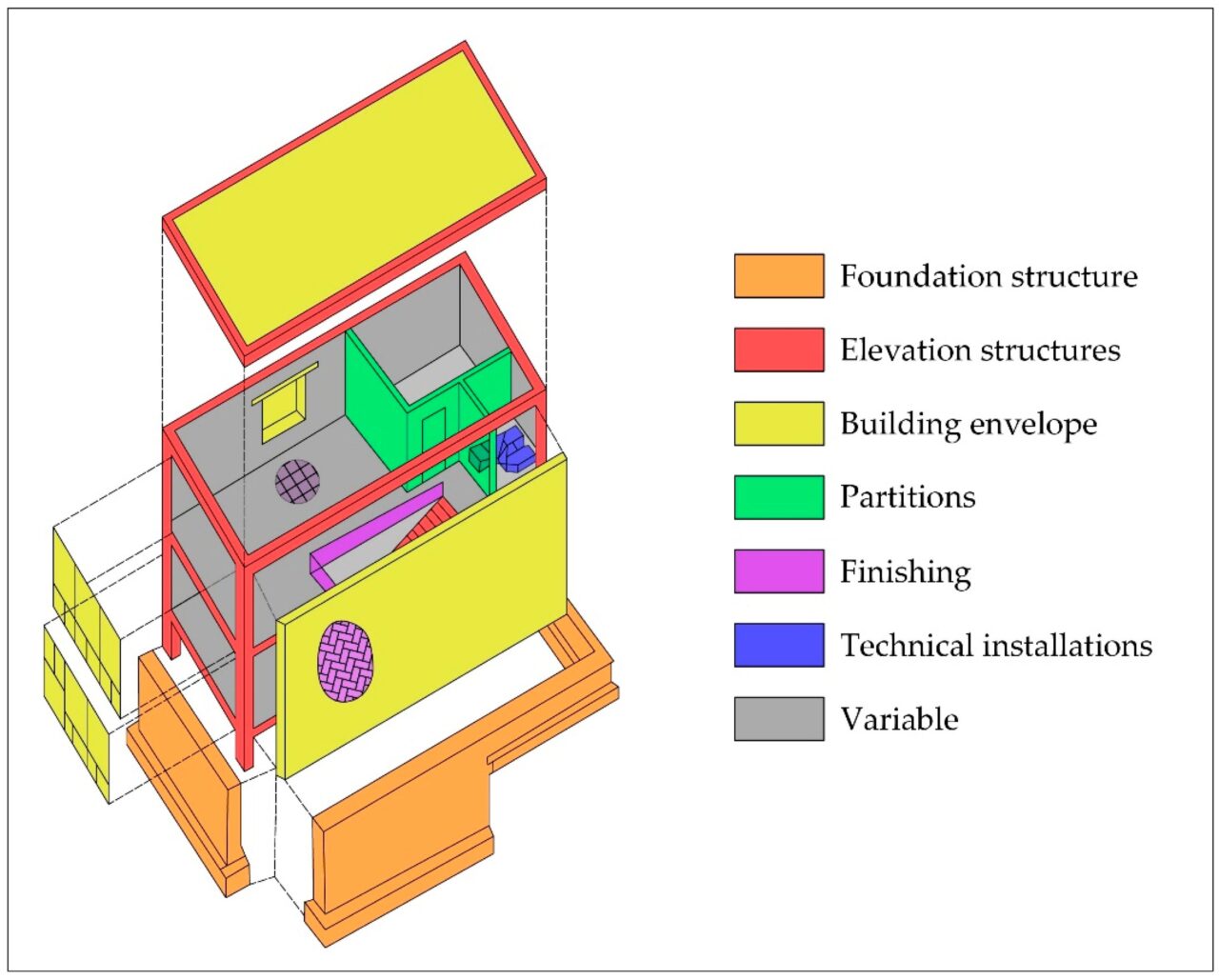alchemia-nova aims to promote a positive and inclusive work environment, ensuring gender balance and equality in a team of satisfied employees. The company has paid special attention to enable a sustainable work-life balance, to promote the compatibility of work and family-life and to encourage the creative potential of the employees. The company also aims to create a safe and appreciative environment that counteracts any form of potential discrimination or harassment. Additional aims are to overcome latent prejudices and to support the individual and diverse potential of every single employee.
PDF Version: Gender Equality Plan



